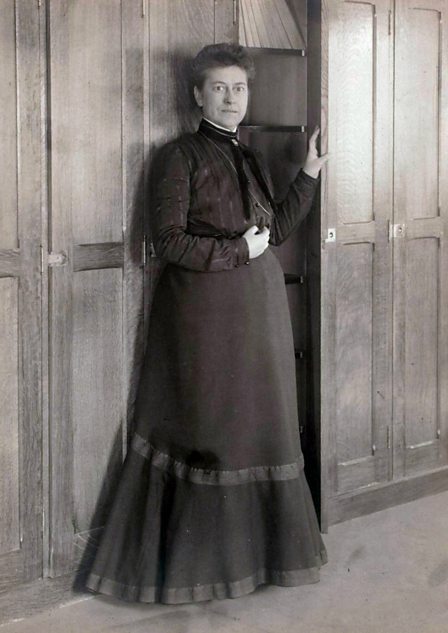Born on May 15th 1857 in Dundee, Williamina Paton Stevens Fleming became one of the leading li
Born on May 15th 1857 in Dundee, Williamina Paton Stevens Fleming became one of the leading lights in astronomy.Her father had died when she was seven; at 14, she had become a student teacher to help support her mother and siblings. When she was 20, she had married a Dundee bank employee and widower, James Orr Fleming, 16 years her senior—who would abandon her and their unborn child shortly after they emigrated to the United States a year later. Willamina worked as a maid in the home of Professor Edward Charles Pickering, who was director of the Harvard College Observatory. The story was told that Pickering was often frustrated with the performance of the (all-male) “computers” at the observatory and, reportedly, would complain loudly: “My Scottish maid could do better!” And so it was she went to work for him at Harvard. Fleming became a full time employee at the observatory in 1881 despite a lack of any math, astronomy, or physics background. She eventually became the first woman to be designated Curator of Astronomical Photographs in 1899. This was the first corporate appointment of a woman at Harvard ever.Fleming contributed to the cataloging of stars that later were published as the Henry Draper Catalogue. In nine years’ effort she cataloged more than 10,000 stars. During her career she discovered 59 gaseous nebulae, over 310 variable stars, and 10 novae. In 1907 she published a list of 222 variable stars she had discovered.In 1888, Fleming she made her most well known discovery, the Horsehead Nebula. I’ve shortened this a bit but you can read more about her in this Harvard Magazine article here. http://harvardmagazine.com/2017/01/williamina-fleming -- source link
#scotland#scottish#the maiden#astronomer#scots-american#history

